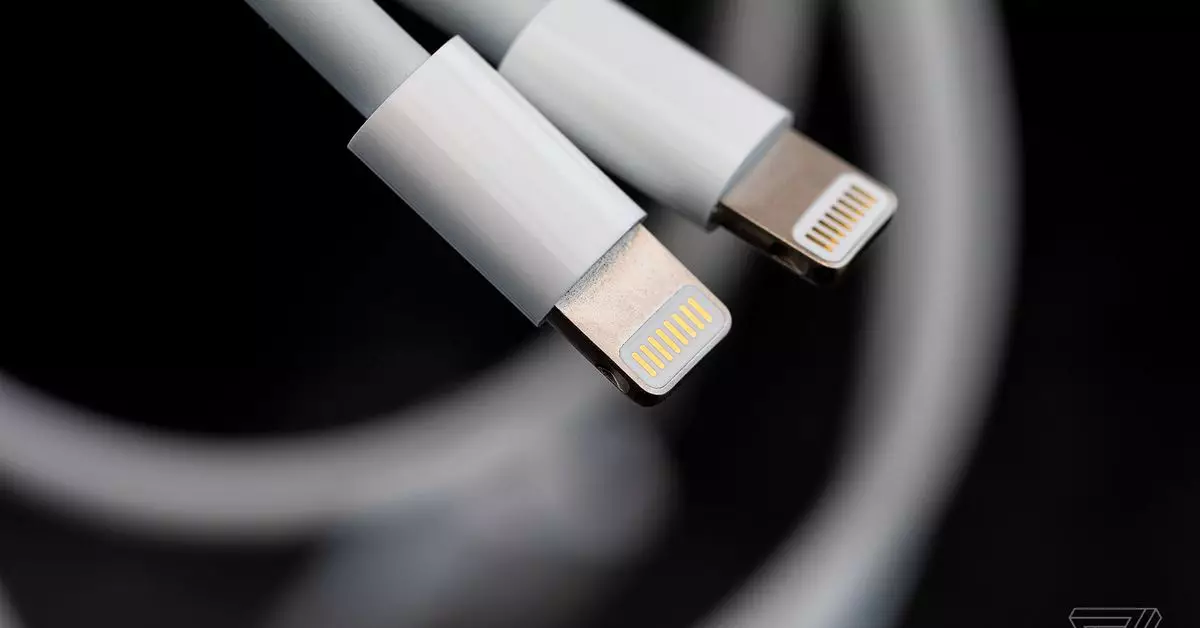In a significant stride towards sustainability and consumer convenience, the European Union (EU) has enacted Directive 2022/2380, mandating a common charging solution across its member states. This legislative move compels manufacturers, including tech giants like Apple, to phase out proprietary charging ports in favor of the USB-C standard. This directive, aimed at reducing electronic waste and mitigating market fragmentation, marks a transformational period in the technology landscape, particularly for mobile devices.
As a noteworthy consequence of the EU’s regulatory framework, Apple has ceased the sale of its iPhone SE and the iPhone 14 series within EU nations. These models, which utilized Apple’s proprietary Lightning connector, represented the last remnant of the company’s commitment to its unique charging ecosystem within European markets. A recent assessment indicates that devices outfitted with Lightning ports, including the Magic Keyboard, have disappeared from retail outlets in key countries such as the Netherlands, France, and Germany. While this shift impacts consumers in the EU, Apple continues to offer these products in the United States and other regions, maintaining a bifurcated market approach.
The Broader Impact of Directive 2022/2380
The EU’s directive compels manufacturers to implement several key changes by December 28, 2024. This includes the ubiquitous adoption of USB-C ports across various electronic devices, mandatory support for the USB Power Delivery (USB PD) standard in fast-charging devices, and the separation of charging accessories from the initial device package. These requirements are not merely technical formalities; they crucially aim to streamline user experiences and empower consumers with clearer information regarding device compatibility and power needs.
One of the most appealing facets of the new legislation is the potential for enhanced consumer clarity. By necessitating improved labeling that elucidates power requirements, the EU seeks to foster informed purchasing decisions. Furthermore, the additional prospect of a new iPhone SE model equipped with USB-C and rumored features such as an OLED display by 2025 points to a future where consumer electronics are not only more integrated but also aligned with sustainability practices.
As the EU cements its position on this critical issue, the ripple effects across the technology sector will be profound. Apple’s rapid adaptation to these new regulations highlights a pivotal moment in the ongoing dialogue between innovation, regulation, and consumer rights. Embracing USB-C as a universal standard promises to diminish e-waste while enhancing the straightforwardness of device interoperability. As the world shifts towards greater sustainability, the implications of this charging revolution will certainly be felt far beyond European borders in the years to come.

